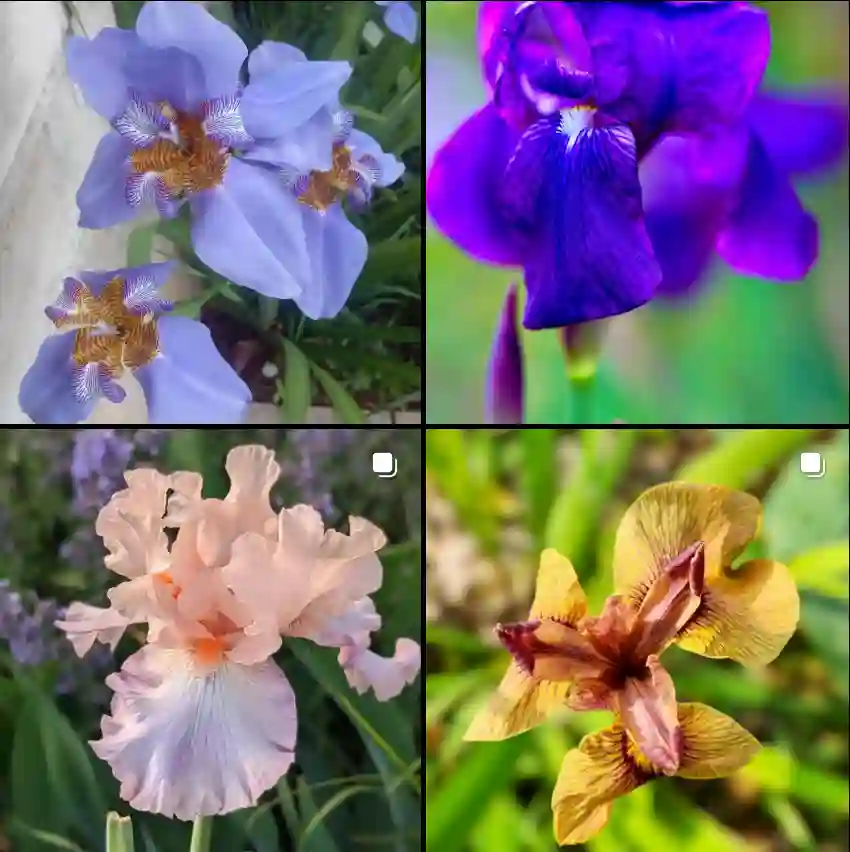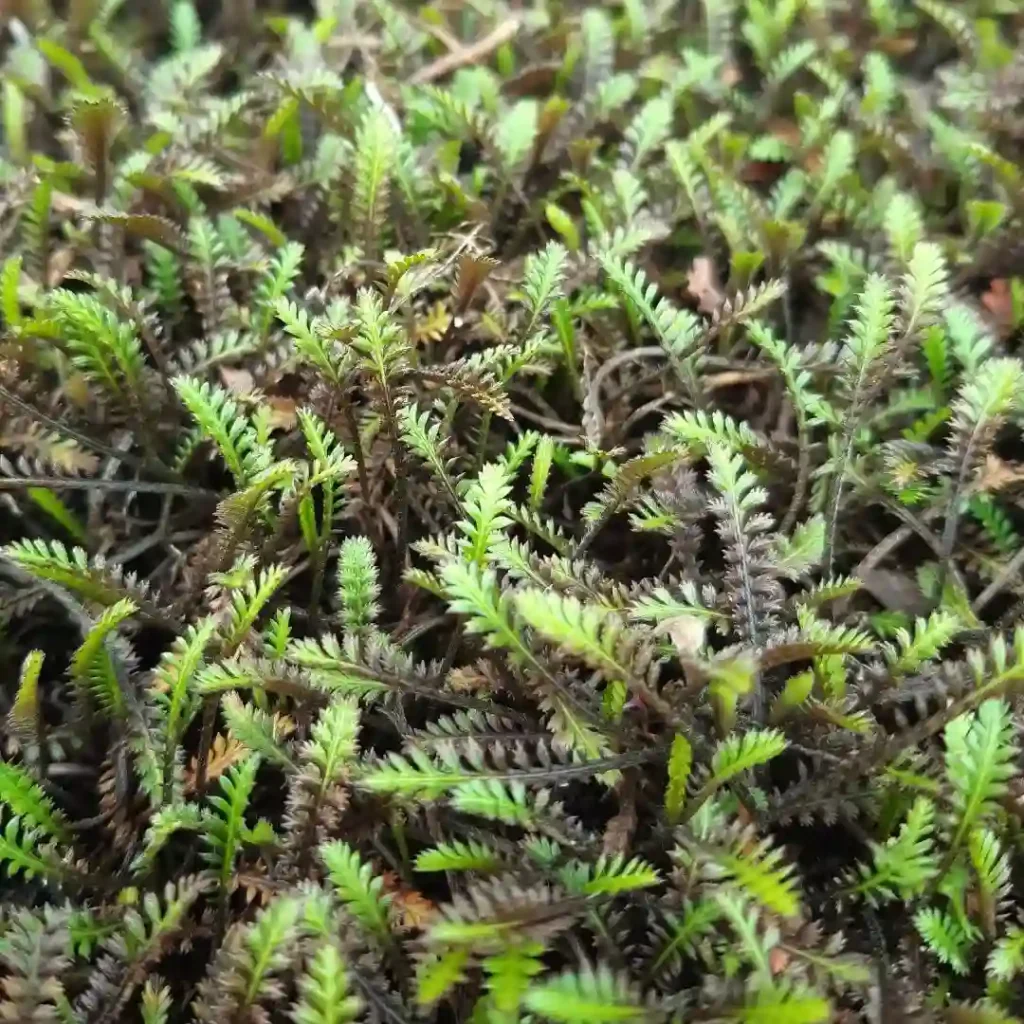The Achatocarpaceae plant family is one that I find particularly intriguing. It’s not a family that gets a lot of attention, but once I dug deeper into it, I started to appreciate its unique charm. The family is small, consisting of only two genera, Achatocarpus and Phaulothamnus, but it has quite a presence, especially in arid environments. My fascination with these plants started as I explored more about drought-tolerant species that thrive in harsh conditions.
Genera in the Achatocarpaceae Family
The Achatocarpaceae family consists of just two genera:
- Achatocarpus: This is the primary genus in the family. Most species in this genus are shrubs or small trees, native to tropical and subtropical regions, mainly in Central and South America. What drew me to Achatocarpus is their ability to survive in regions that experience severe drought. They are tough, resilient, and uniquely adapted to the environments they inhabit. One particular species, Achatocarpus nigricans, grabbed my attention because of its leathery leaves and small, fleshy fruits. I’ve noticed that many people underestimate how interesting these seemingly unassuming plants can be.
- Phaulothamnus: This genus is a little less known but equally captivating. Its only species, Phaulothamnus spinescens, caught my eye with its spiny branches and small greenish flowers. The plant is native to Mexico and parts of the southwestern United States, and its desert adaptations are remarkable. I’m always intrigued by plants that not only survive but thrive in the most challenging of environments, and Phaulothamnus spinescens is no exception. It’s fascinating to see how this genus has evolved to conserve water and withstand the intense heat of its native habitats.
Unique Characteristics of the Achatocarpaceae Family
The Achatocarpaceae family is relatively obscure, which is a shame because its plants exhibit such interesting adaptations to their environments. The family belongs to the order Caryophyllales, which also includes other drought-resistant families like the Cactaceae and Amaranthaceae. When I first started comparing these plants to cacti, I realized how much they share in common in terms of survival strategies, even though they belong to different families.
One thing that stands out about Achatocarpaceae plants is their leaf structure. In many species, the leaves are small, tough, and sometimes leathery. These features help the plants reduce water loss through evaporation, an essential trait for surviving in arid climates. I find it fascinating how evolution has equipped these plants with such efficient mechanisms to conserve water. Additionally, the plants’ roots often grow deep into the soil, allowing them to access water that other plants cannot reach.
The flowers of the Achatocarpaceae family are small and not particularly showy, which might be why these plants don’t get much attention. But to me, there’s a subtle beauty in their simplicity. The small, greenish or white flowers often appear in clusters, and while they’re not the kind of flowers that will attract hummingbirds or butterflies, they serve an important purpose in the plant’s reproduction and survival.
Ecological Significance and Adaptation
What I really appreciate about the Achatocarpaceae family is its ecological significance. These plants often grow in areas where few other species can survive, providing vital cover and food for animals in those ecosystems. For example, the fruits of many species in the Achatocarpus genus are fleshy and provide food for birds and small mammals. I’ve always been impressed by how these plants, though tough and drought-resistant, play such a crucial role in maintaining the balance of their ecosystems.
The ability of Achatocarpaceae plants to thrive in arid environments also speaks to their resilience. In a world where droughts are becoming more frequent and severe due to climate change, I think these plants are more relevant than ever. Their natural drought tolerance could hold the key to developing more sustainable landscaping practices in regions that face water scarcity. I’ve already started thinking about how we can incorporate species from the Achatocarpaceae family into xeriscaping projects to create beautiful, drought-tolerant landscapes.
Personal Connection to Achatocarpaceae
I admit, I didn’t start out as an expert on the Achatocarpaceae family, but over time, it’s become one of those groups of plants that I’ve grown to appreciate deeply. Learning about their survival strategies has made me look at other drought-tolerant plants differently as well. I’m always on the lookout for plants that can withstand tough conditions, and Achatocarpaceae fits perfectly into that category.
When I encounter an Achatocarpus or Phaulothamnus in the wild, I’m reminded of how plants can teach us about resilience. In the same way these plants persist through difficult conditions, we can take inspiration from them to persist in our own lives. I believe there’s a lot we can learn from nature, and for me, the Achatocarpaceae family serves as a constant reminder of the strength that lies in adaptability.
Conclusion
The Achatocarpaceae family may be small, but it’s full of surprises. From the hardy shrubs of the Achatocarpus genus to the spiny branches of Phaulothamnus, these plants have adapted to some of the toughest environments on the planet. Their resilience, ecological significance, and potential for use in sustainable landscaping make them a fascinating group of plants that deserve more recognition.
For me, exploring the Achatocarpaceae family has been a rewarding journey, one that has deepened my understanding of plant adaptation and survival. I can’t wait to see how these plants continue to thrive in an ever-changing world, and I’m excited to keep learning more about their unique role in the plant kingdom.
If i die, water my plants!



